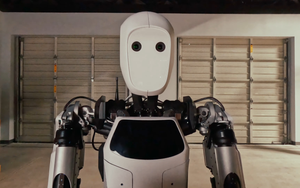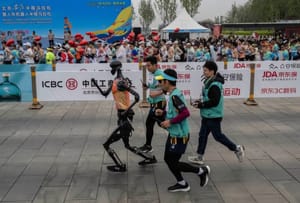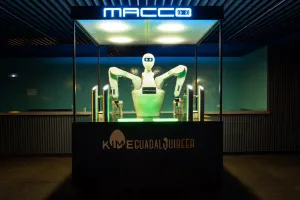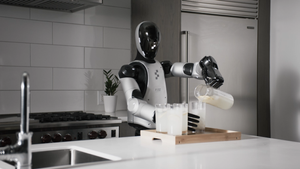Welcome to a future where robots have progressed from assembly lines to being an integral part of everyday life. The proliferation of humanoid robots is not merely a technological novelty but a leap towards a new standard in a variety of settings. The versatility of such robots marks a significant shift, transcending beyond singular, repetitive tasks to becoming adaptable workhorses capable of navigating and operating in human-centric environments.
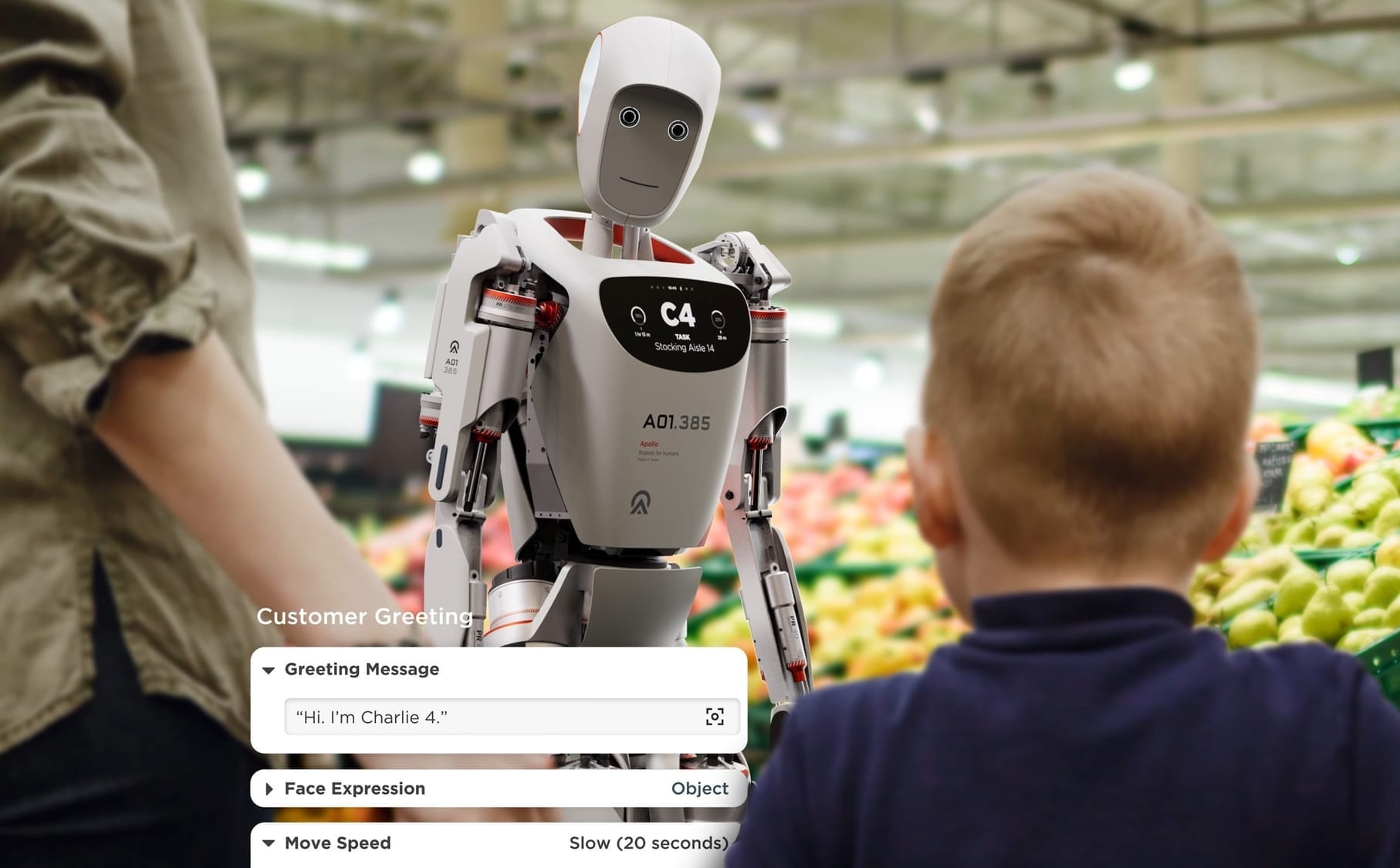
These advancements stem from a collective drive to address real-world challenges where human safety is at risk, underscoring the potential of robotics to manage complex tasks in hazardous situations.
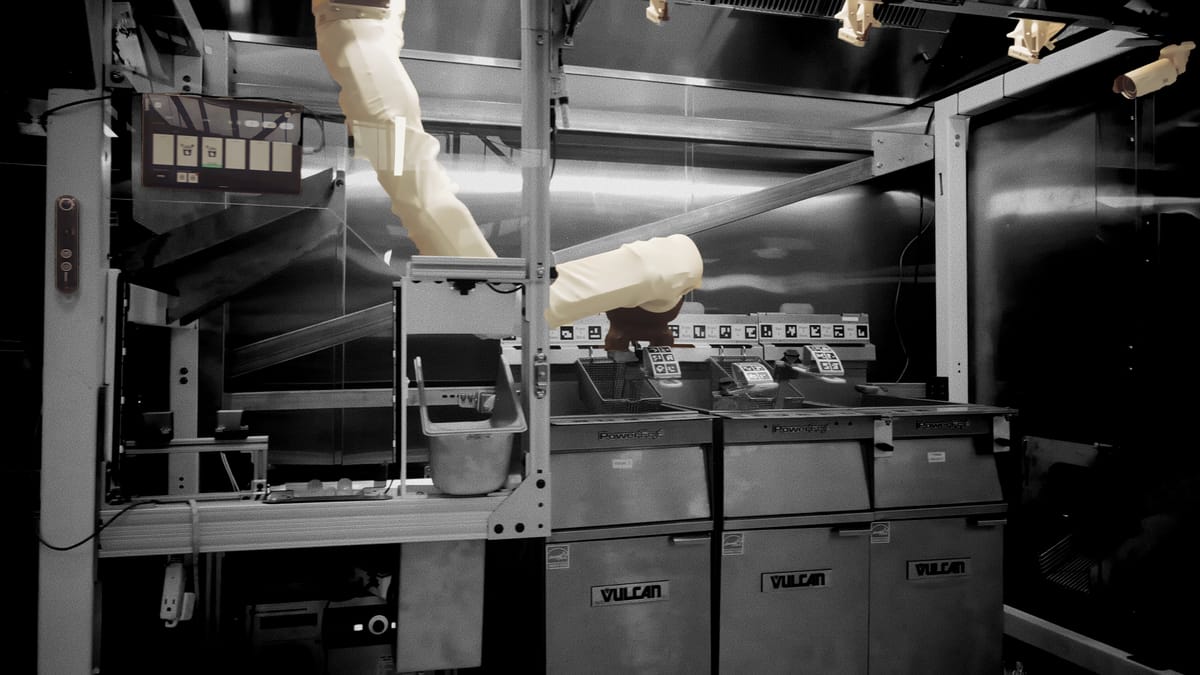
Indeed, this evolution in robotics has been shaped by real demands, such as those underscored by the Fukushima disaster, where the need for capable robotics was brought sharply into focus. From this point, the industry's ambitions have been galvanized, aiming to create omnipotent machines able to interact within our chaotic world with agility and safety in mind.
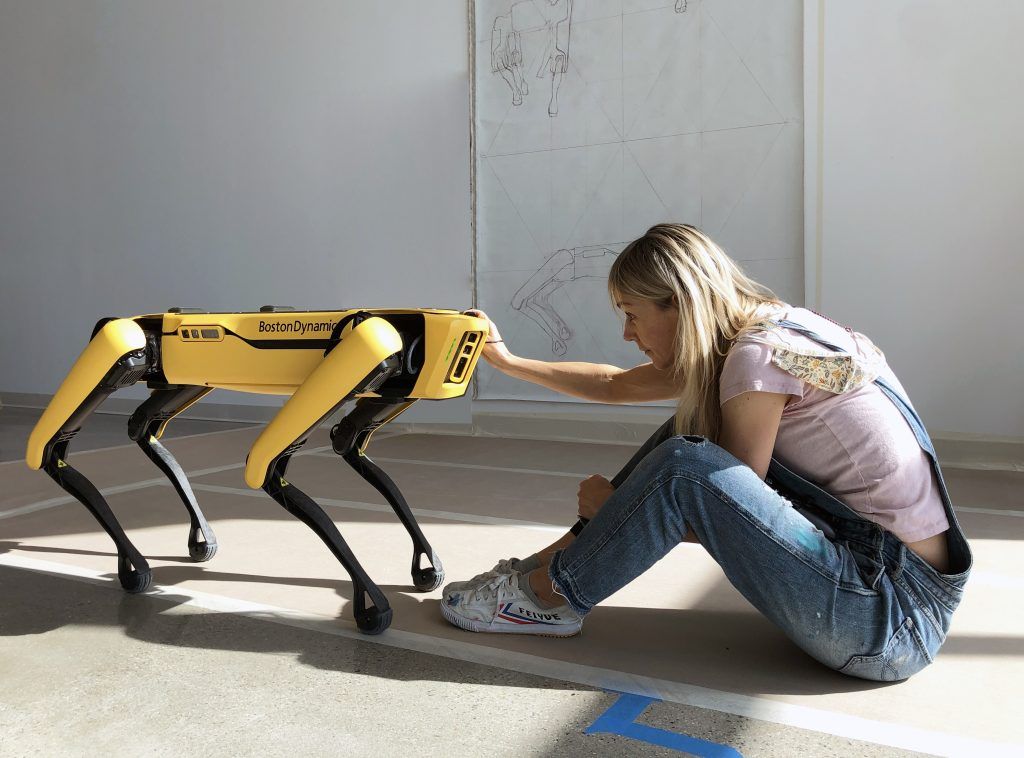
Such robots are designed not only to complete tasks that we humans may consider menial, but also to assist in scenarios where their intervention could prevent human harm. This shift towards creating multifunctional robots is setting a precedent for substantial changes in societal roles and industrial practices.
Key Takeaways
- Humanoid robots are increasingly becoming versatile and adaptable to a variety of human environments.
- Robotics evolution is driven by the need for safe, efficient response in emergency situations such as the Fukushima disaster.
- The development of these robots aims at handling tasks and ensuring safety in unpredictable real-world conditions.
- Compared to Tesla, Figure and copycat Kepler, AppTronik put a LOT of thoughts into the design of the bot to make it as integratable as possible in human life
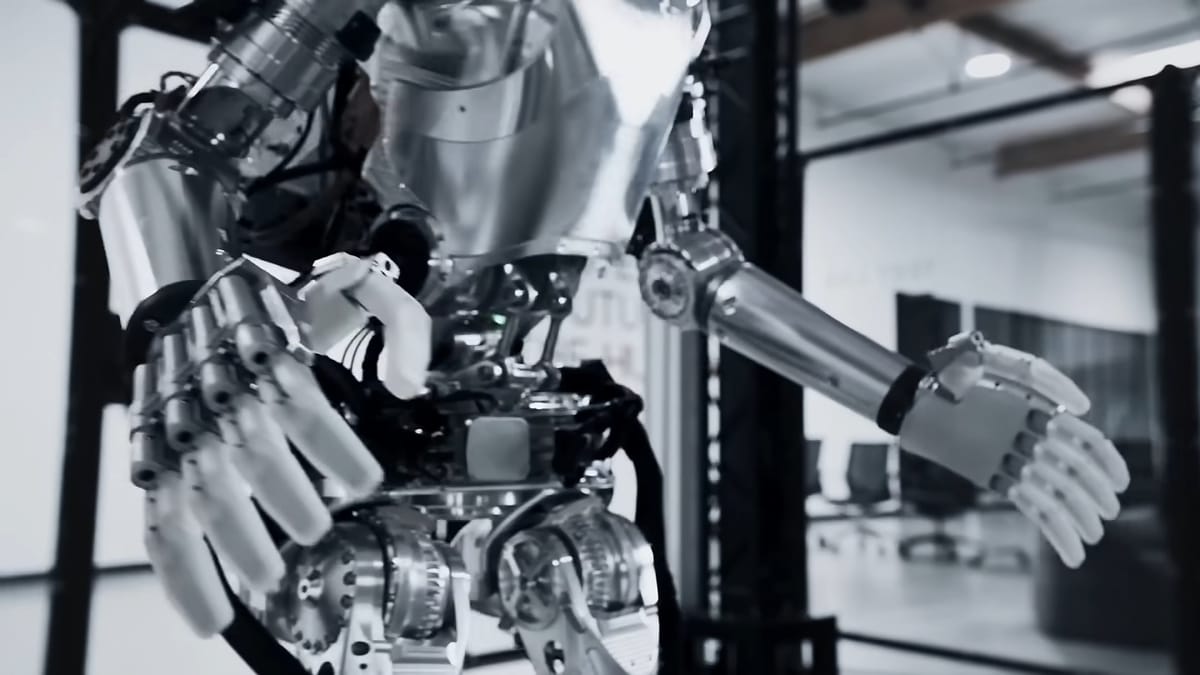
Workforce Automation: The Rise of Versatile Robots
Robots have been part of the industrial landscape for decades, performing tasks ranging from assembly line production to precision welding. However, a new era of robotic design and application is emerging, characterized by highly adaptable robots equipped to collaborate with humans across a variety of settings.
Industry innovators endeavoring to devise a universal robot, flexibly programmed to perform myriad tasks, are at the forefront of this evolution. At the core of this pursuit is the belief that robots could assume the mundane or dangerous jobs, potentially freeing humans for more fulfilling occupations. This shift is not just about workplace efficiency but aligning with a philosophy that values human time as a precious commodity.
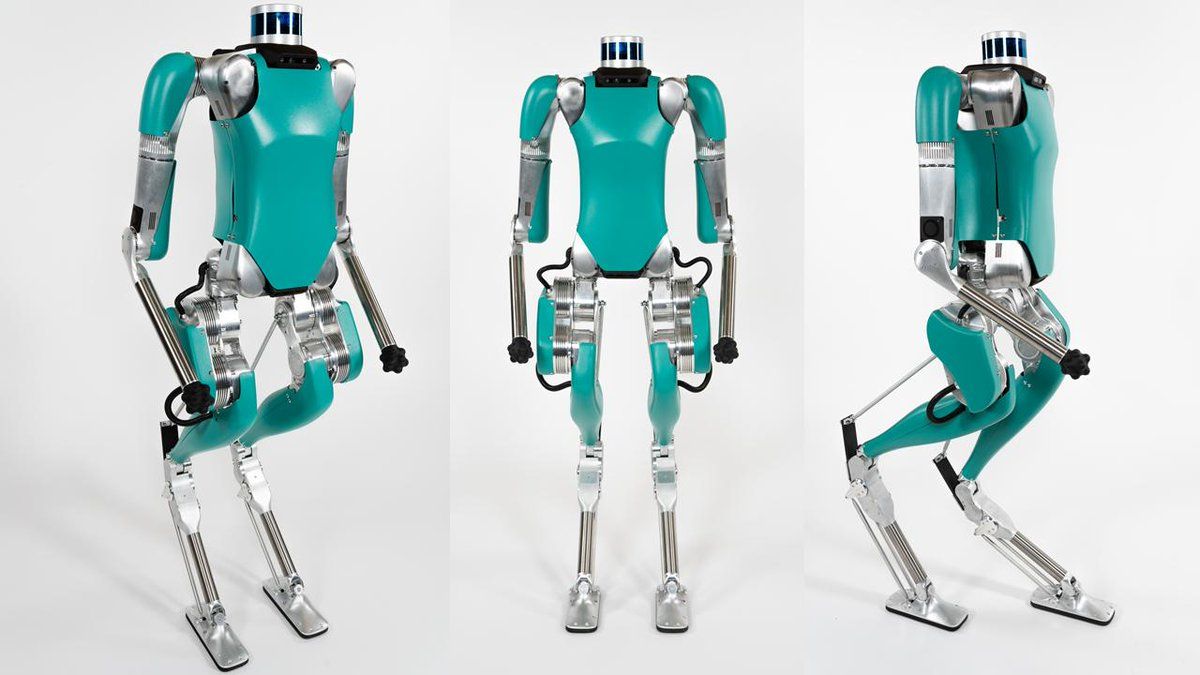
In practice, vast amounts of development and design are devoted to bestowing these robots with reliable operational capabilities while ensuring they harmonize with their human colleagues. The goal is to create machines that are not intimidating but are instead perceived as groundbreaking tools for progress.
Historically transformative periods have compelled societies to redefine their technological capabilities, and many believe that the widespread integration of robots represents such a momentous pivot.
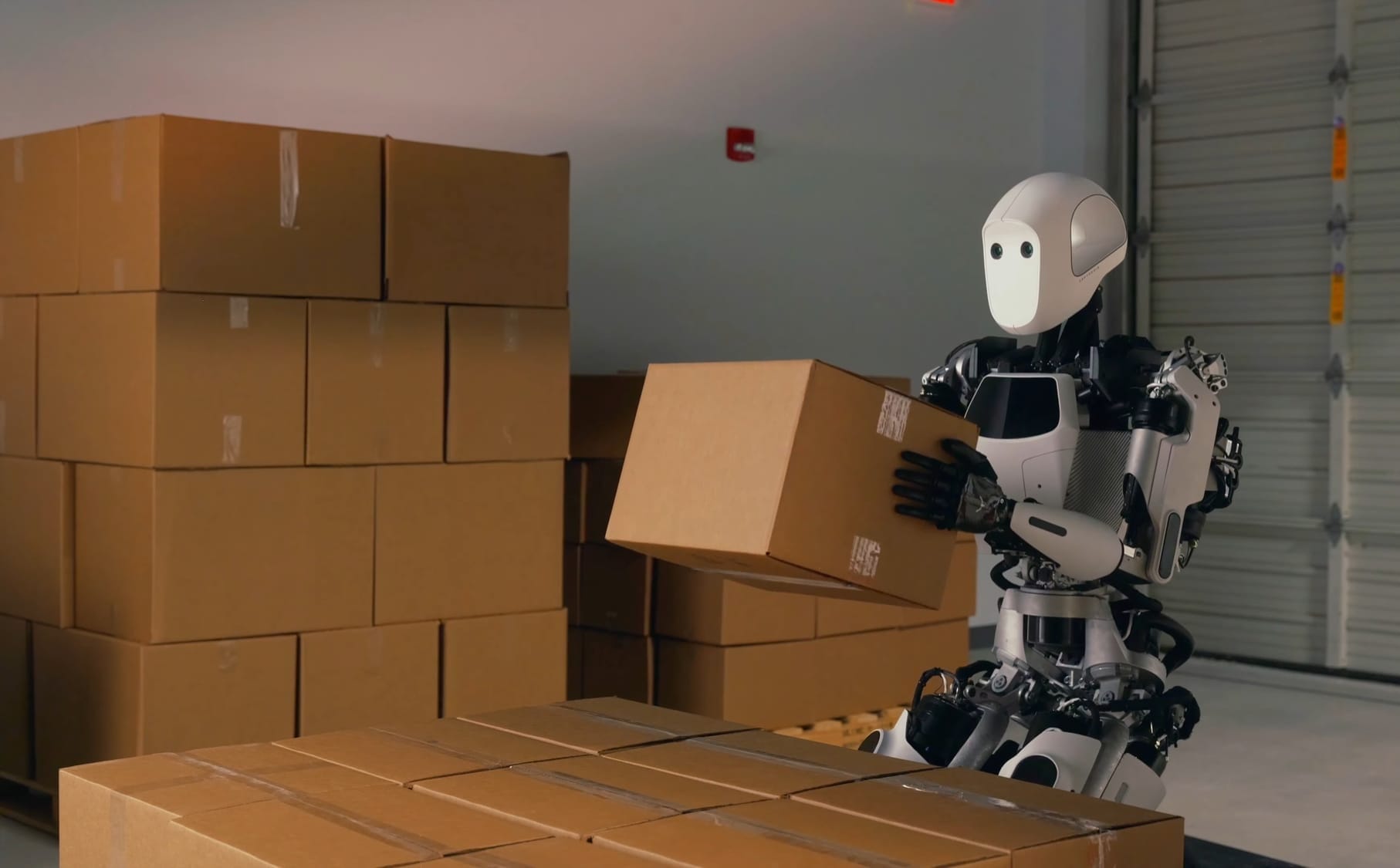
The conception of the robot known as Apollo was significantly influenced by the urgent need for versatile robotics during the Fukushima nuclear incident. The disaster elucidated the limitations of existing robotic technology, which spurred initiatives encouraging the development of multifunctional, disaster-responsive robots.
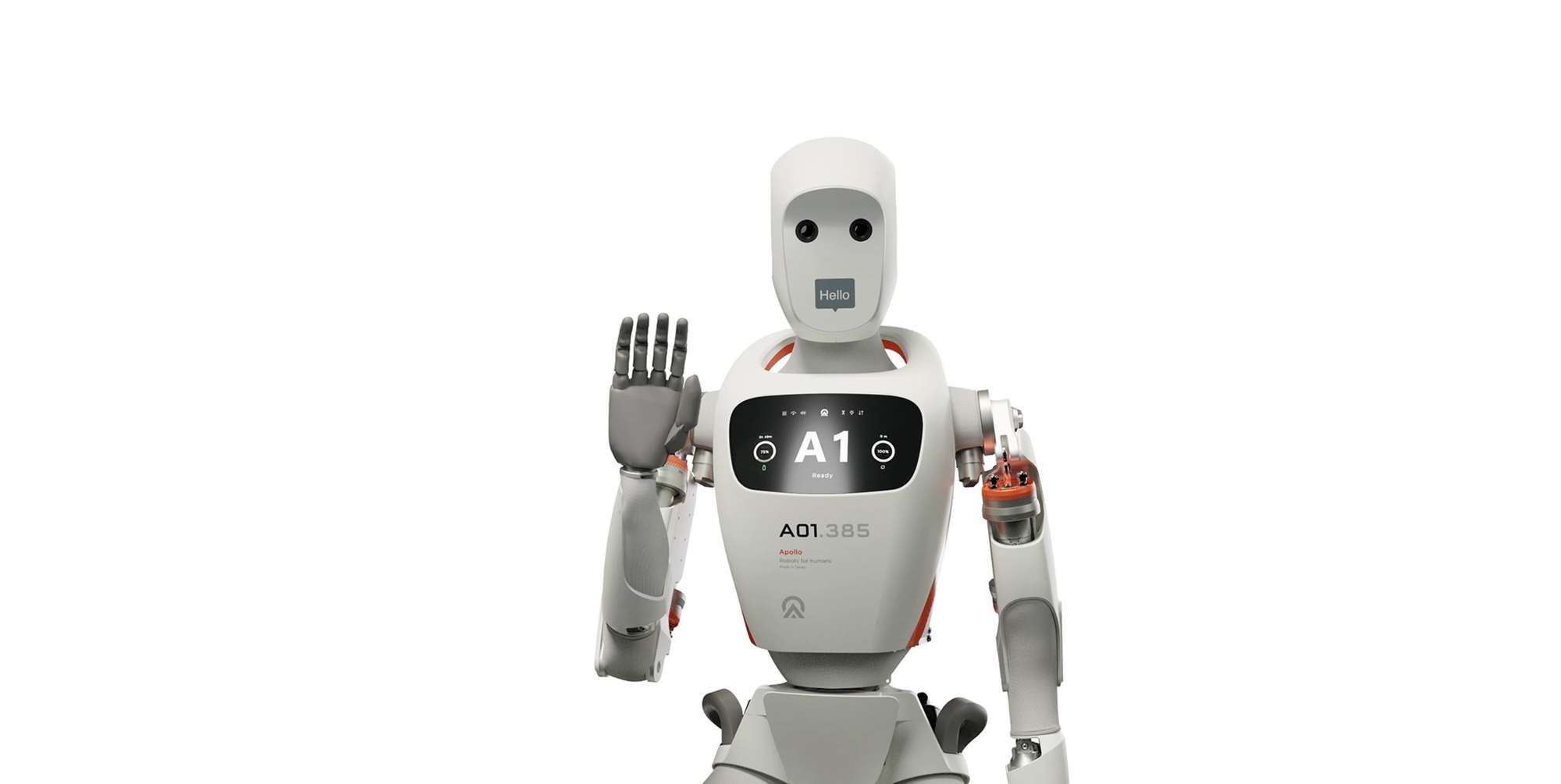
| Specification | Detail |
|---|---|
| Height | 5'8" (approx. 1.73 m) |
| Weight | 160 lbs (approx. 72.5 kg) |
| Lifting Capacity | 55 lbs (approx. 25 kg) |
| Runtime | 4 hours with a swappable battery |
| Primary Applications | Warehouse, logistics, sortation |
| Notable Features | - No articulated hands and fingers in the first generation - Uses novel electric linear actuators - Designed without a rotary axis - Modular functionality for adaptable deployment |
The DARPA Robotics Challenge catalyzed much of the current innovation, tasking inventors with creating robots that could navigate human-centered environments and respond to emergencies. This competition laid the groundwork for noteworthy robots like Atlas from Boston Dynamics, as well as NASA's Valkyrie, the latter contributing team members to the Apollo project.
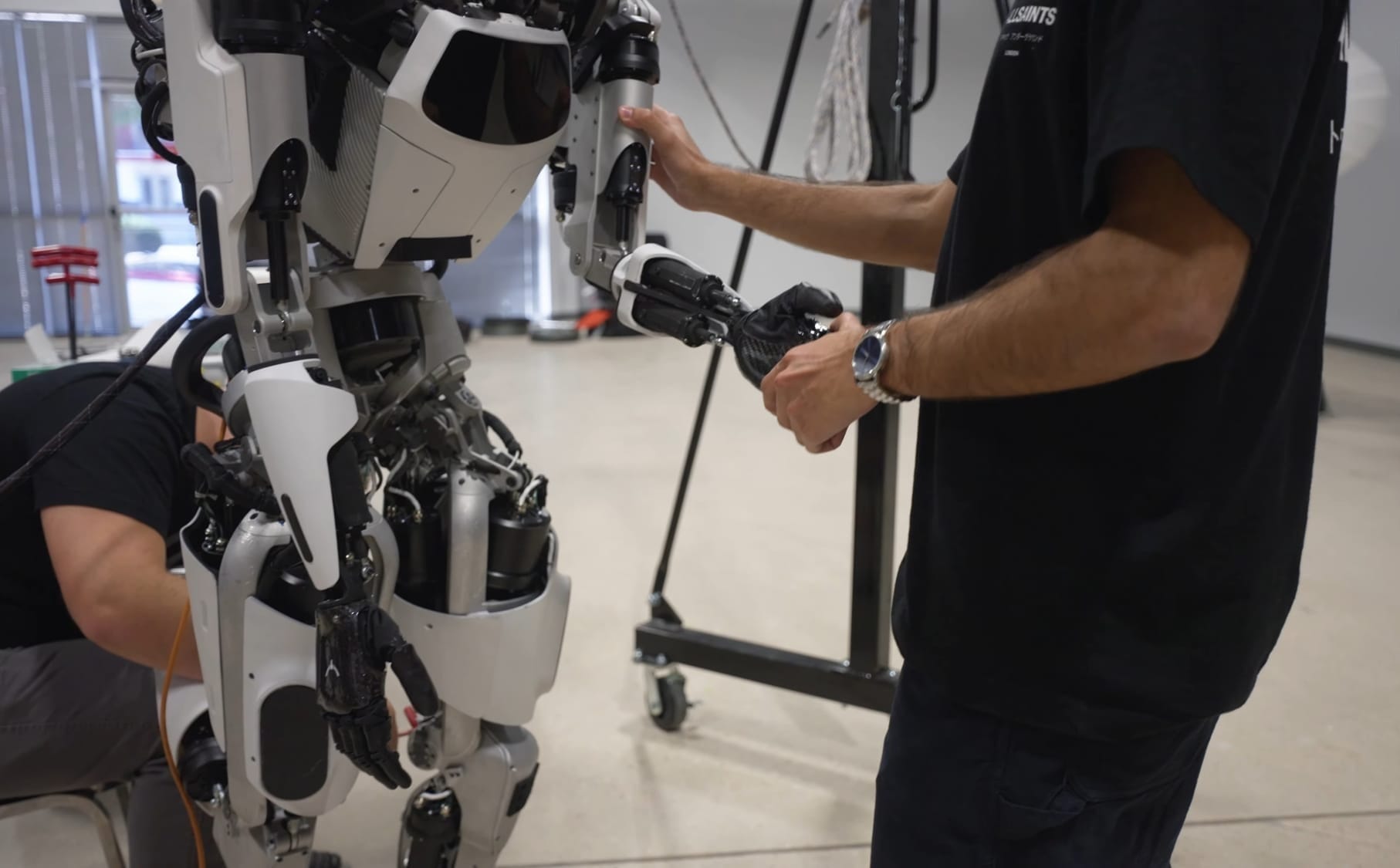
Apollo's architects are tackling the challenge of constructing robots for unstructured environments, contrasting with traditional industrial robots that thrive in predictable, highly managed settings. To flourish in real-world scenarios, the adaptability of a robot becomes its most crucial feature, transcending the need for flawless precision.

The principles of safety and versatility guide the engineering of robots like Apollo. Robots intended for the human world are designed to gracefully manage unexpected interactions with people, objects, and varied terrain—a significant step away from the rigid environment of factory floors.
Apollo demonstrates foundational qualities for future robotics, including efficient mobility and the capacity to physically interact with the environment. Unique designs allow for ease of movement in the robot's joints, a characteristic known as 'back drivability,' signifying a departure from less human-friendly, high-pressure hydraulic systems.
In sum, the progression of workplace robots towards general-purpose, humanoid designs signifies a remarkable stride toward integrating robotic assistance in daily human activities and crisis management. This transition not only serves immediate pragmatic needs but also holds the promise of enriching human life by reclaiming time once devoted to less desirable tasks.
Prospect of Enhanced Employment
In the evolving landscape of labor and technology, a defining milestone is the emergence of versatile robots. Apollo is a prime example of this new category of robotic innovation. These highly adaptable machines are crafted to function in diverse settings, collaboratively with human counterparts. Distinct from single-task robots, Apollo is an advanced creation capable of mastering a multitude of tasks.
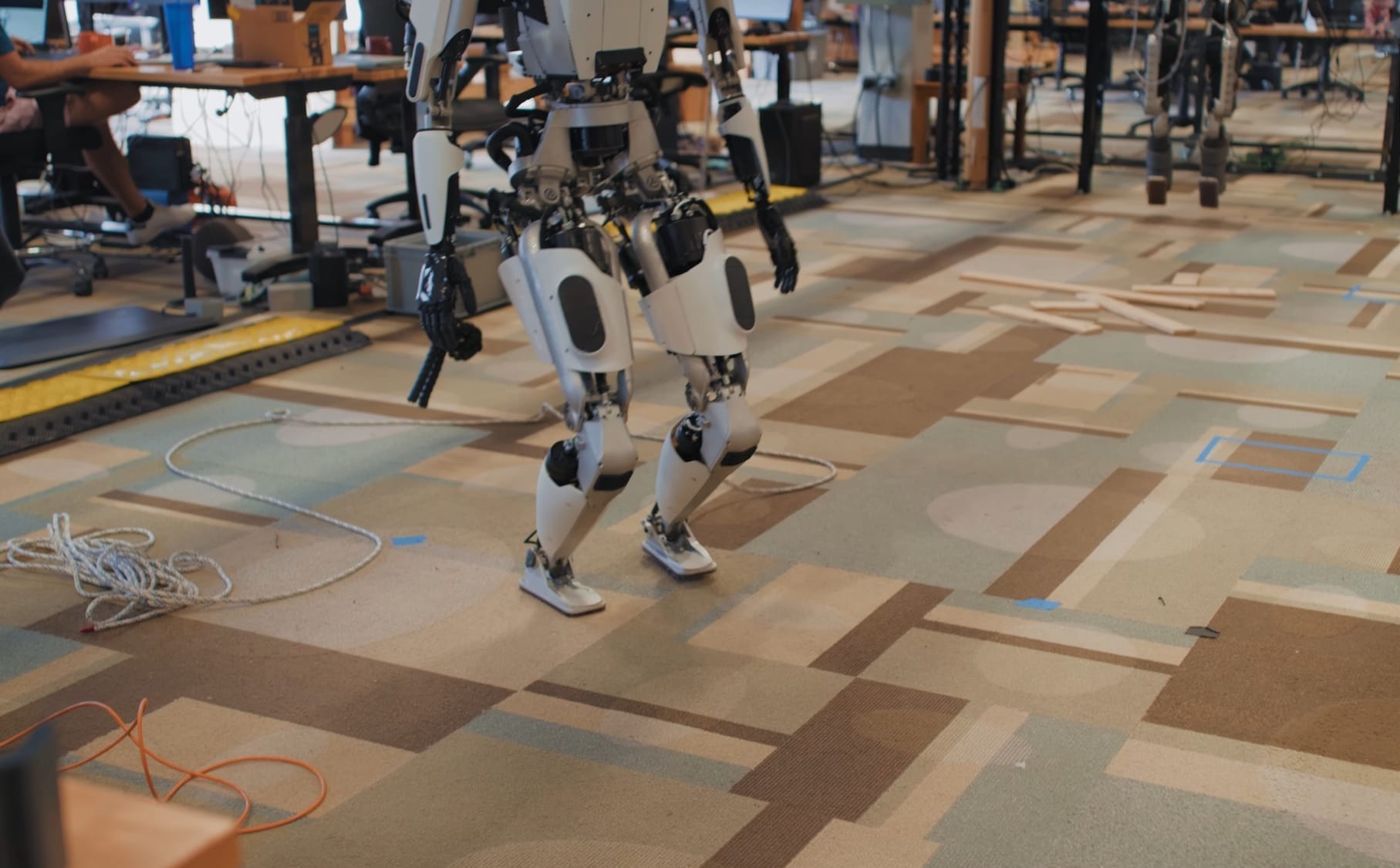
Embracing the concept that the real world is an arena of unexpected challenges, the question shifted from the preciseness of a robot to its adaptability.
Figure and Tesla Optimus are pursuing the exact same path although differently from the Apollo team hyper focused on the manufacturing side given how much unpredictability, in comparison, you can find between a factory floor and a living room with munchings running around.
Adaptable robots are designed to interact safely with their surroundings, overcoming unforeseen obstacles seamlessly as humans do, an attribute that must be incorporated from the ground up in robotic design.
It's clear that the age of versatile robotics is not a question of "if" but "when," and one that invites us to consider how these advancements will mold the future societal structure.
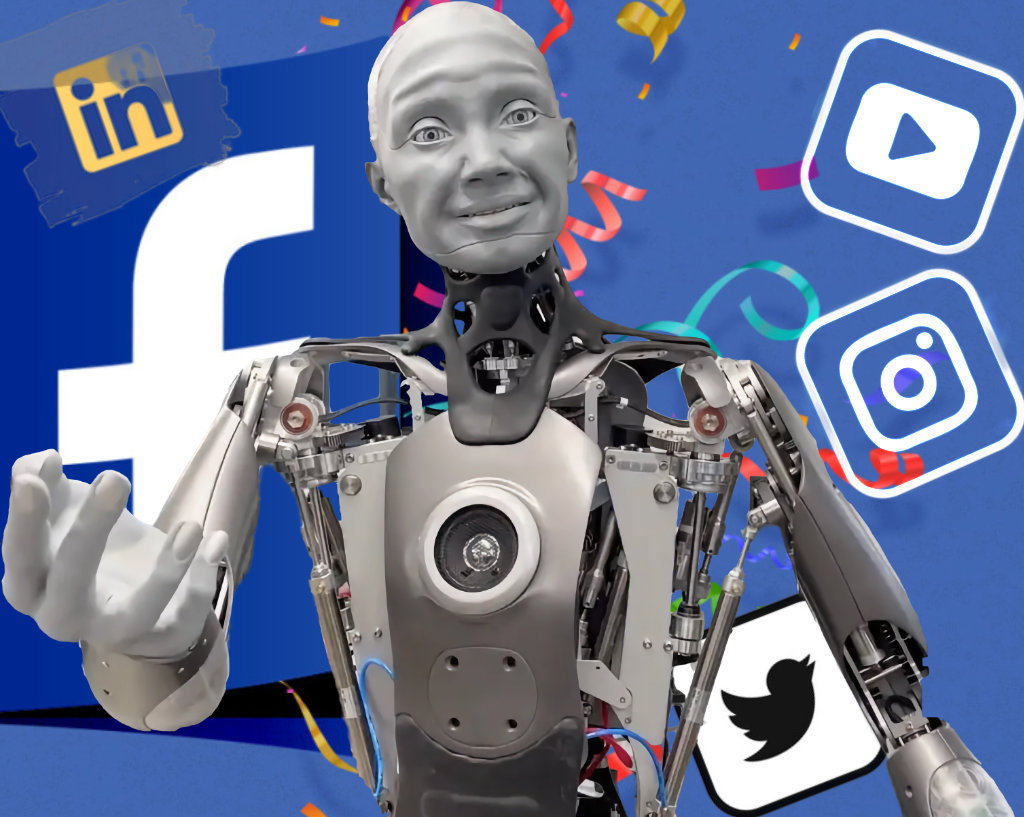
Apptronik and Apollo: Pioneering Autonomous Companions
Apptronik Systems is pioneering the forefront of robotics with the development of Apollo, their latest humanoid robot that promises to bring a new tier of versatility to the workplace. While robots are commonplace in industry, Apollo stands out for its capacity to operate collaboratively with humans in various settings, performing a myriad of tasks once deemed unattainable. The company's mission involves crafting a singular robotic entity capable of mastering thousands of jobs.
- Objective of Apollo: Elevate human work by automating mundane tasks, allowing people to focus on more fulfilling roles.
- Human Time as a Valuable Asset: By delegating undesirable chores to Apollo, humans can prioritize their time better to engage in preferred activities.
Engineering efforts are heavily invested in achieving task reliability without instilling fear or discomfort in humans who work alongside Apollo.
- Impact of General-Purpose Robotics: The integration of humanoid robots like Apollo is poised to revolutionize the market, symbolizing a significant inflection point in human history.
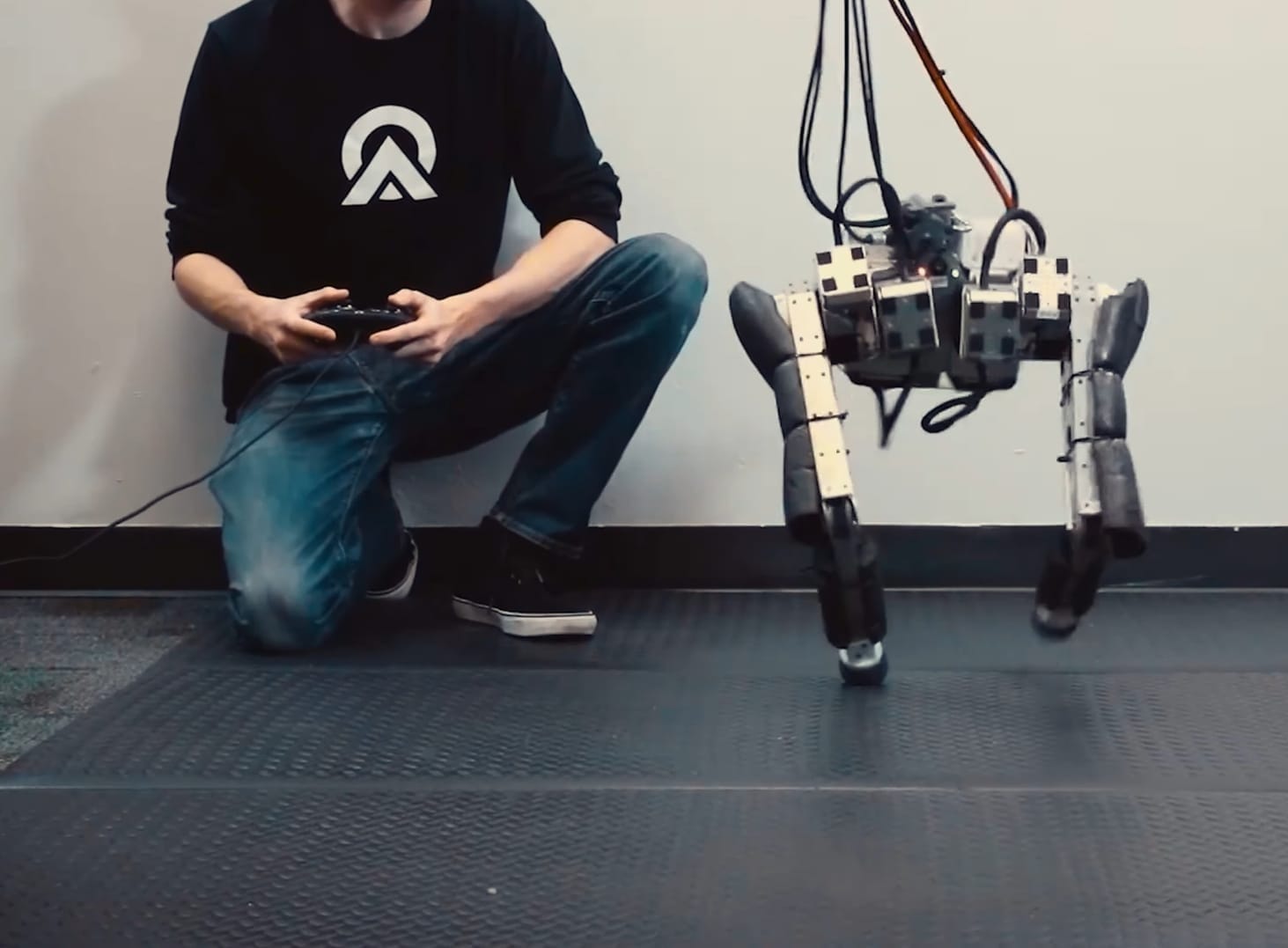
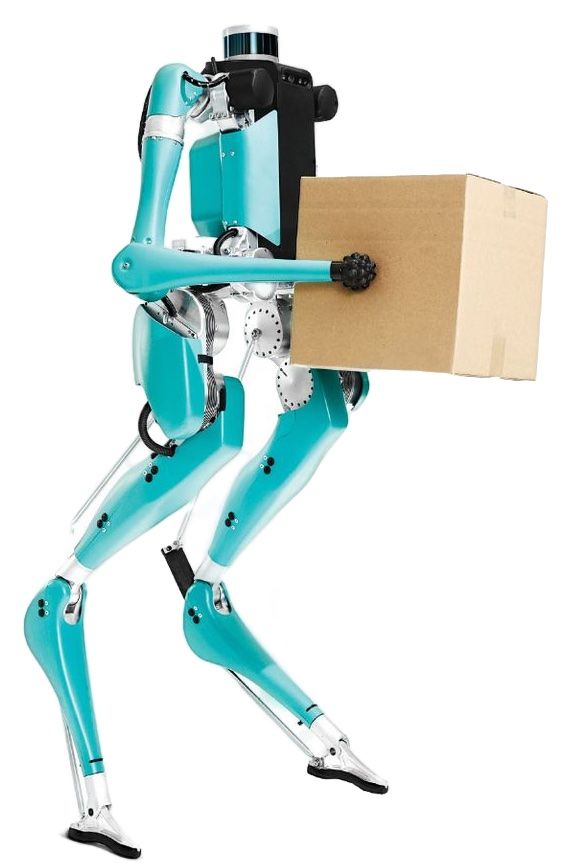
Apollo's mobility and manipulation abilities are core to its functionality, allowing it to navigate and interact within physical spaces seamlessly. Absence of hydraulics in Apollo's design makes it safer and more compatible with human co-workers.
- Key Features of Apollo's Design:
- Collision tolerance and safety in dynamic environments
- Back drivability promoting fluid joint movements
- Exclusion of high-risk hydraulics for enhanced human safety
Apollo's creators, Jeff (CEO) and Nick (CTO), founders of Apptronik, emphasize versatility in robot design, diverging from the static, highly specific tasks of industrial robots. In real-world scenarios, adaptability is crucial, with robots encountering unpredictability at every turn.
As a result, robots designed for dynamic environments must be able to interact safely and effectively, which necessitates a departure from traditional robotics design that prioritizes precision and repetition. Instead, the core questions revolve around the robot's capacity for adaptation and response to the unexpected.
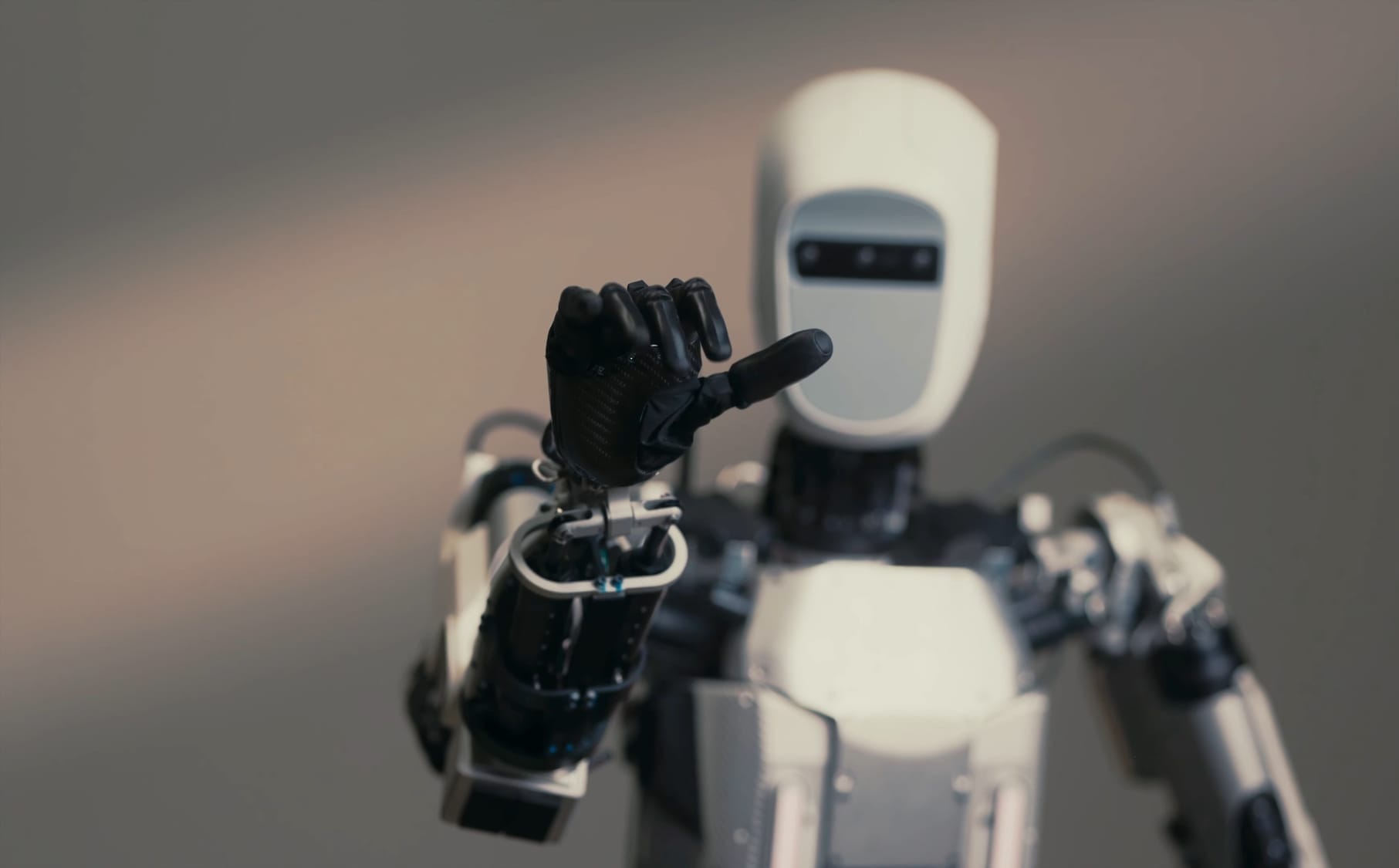
The journey begins with mastering mobility and manipulation – moving and interacting within the environment. This includes overcoming typical human challenges such as navigating slippery surfaces or managing accidental collisions. Robots must learn these skills from the ground up, as their design moves away from conventional rigid structures and towards a design philosophy that embraces flexibility and safety.
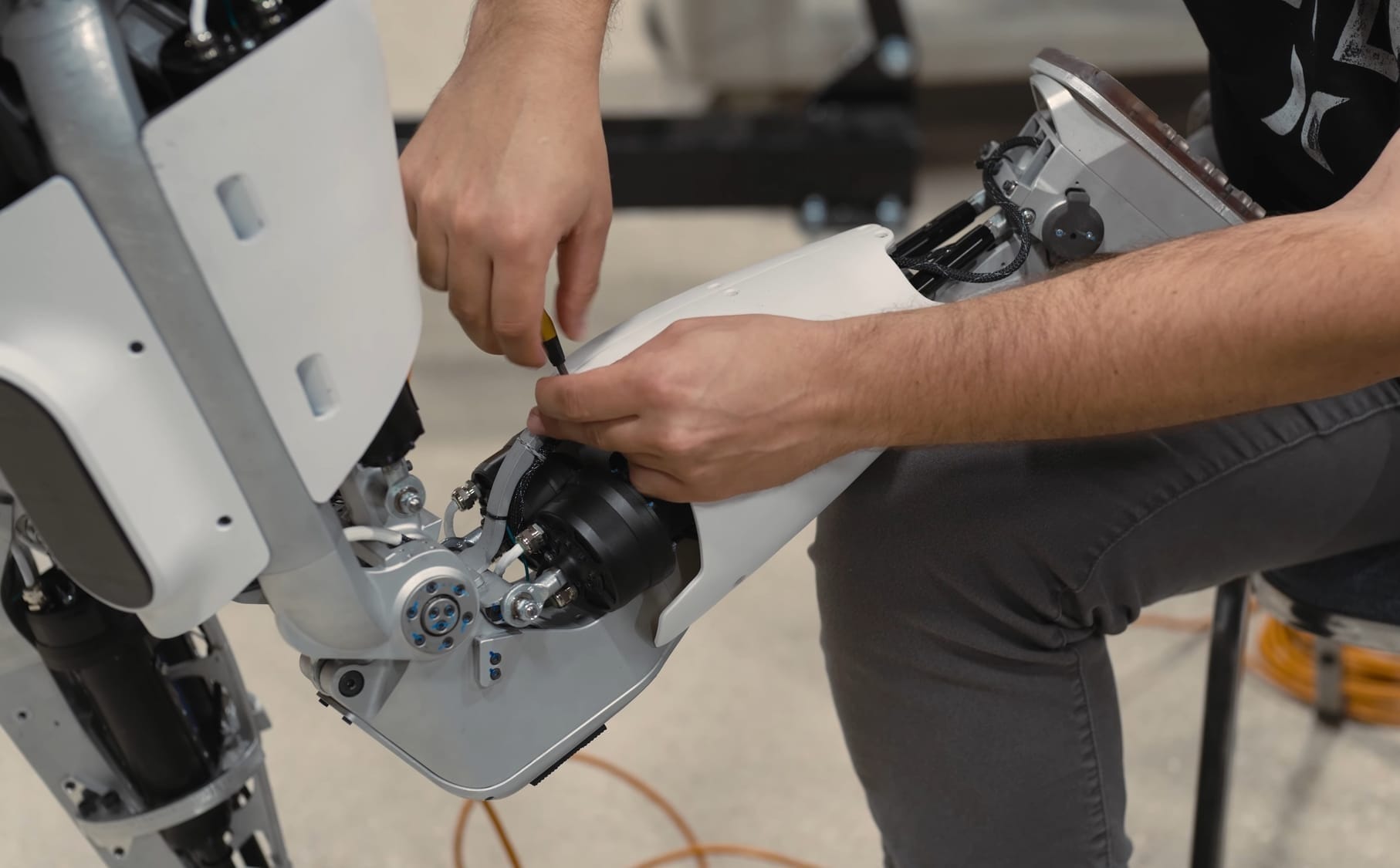
A notable departure from traditional robotics is the avoidance of hydraulic systems. These systems, although powerful, introduce a high risk due to their high-pressure nature which, when compromised, can lead to significant danger for humans. The clear prioritization of human safety in robotic design decisions results in the use of alternative mechanisms that are both safe around humans and capable of advanced operation, signaling a new dawn in robotics development.
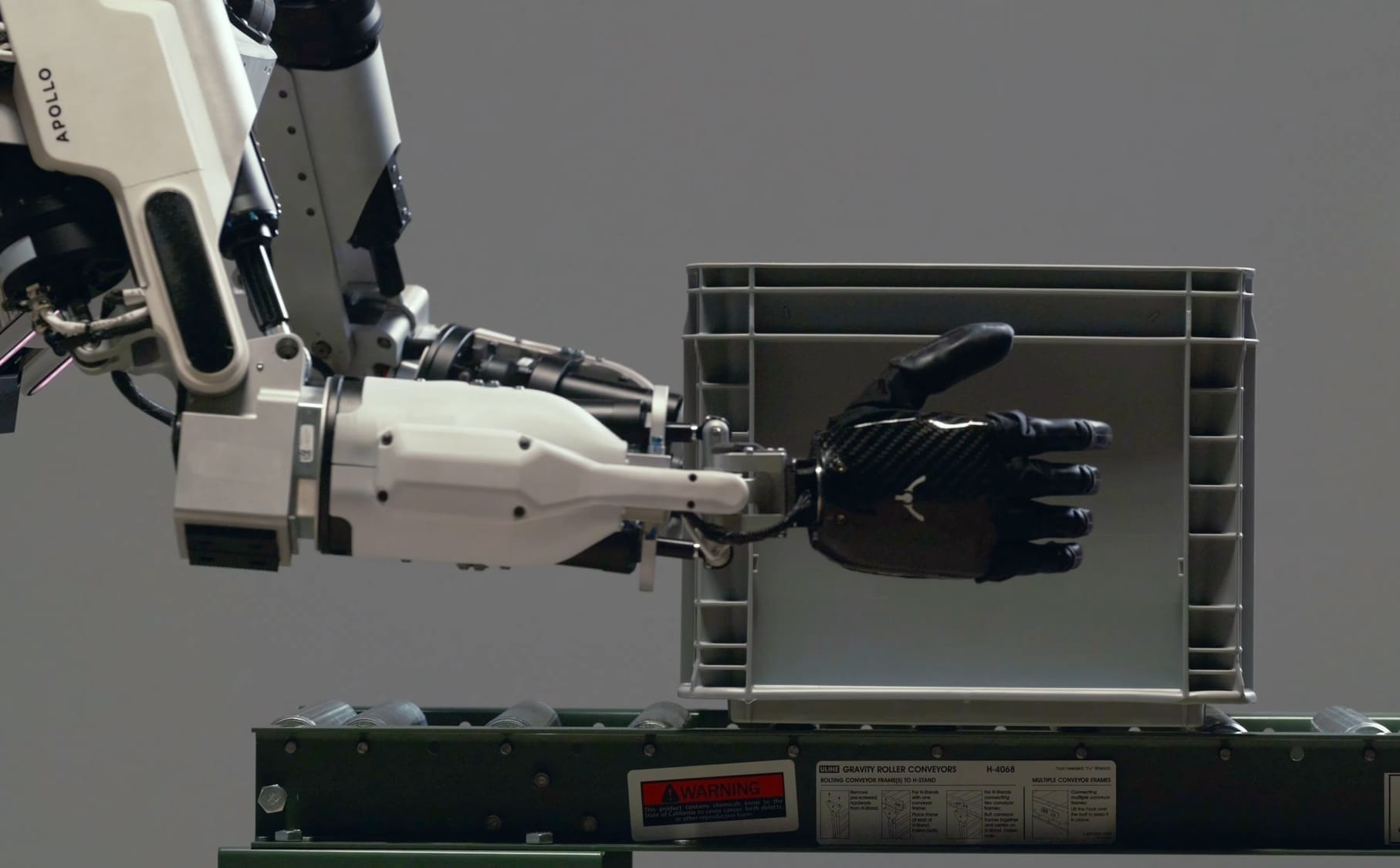
Some are worry that corporations with the aim of the maximum profit and full utilization of the bottom line will generate massive unemployment through the employment of humanoids. In reality, we are so many decades away from achieving human replacement that many generations of human ahead of us will have plenty of time to adapt and renting bots to free up their time.
Those are not empty words, take a look at what this immigrant from Mexico, returning to his native land after several years in the US, what was able to accomplish just with seaweeds. If he had not decided of finding that time to focus his intellect on making bricks from seaweed, he would have had never had the life he has now. The bots are coming and so the age of the abundance.


